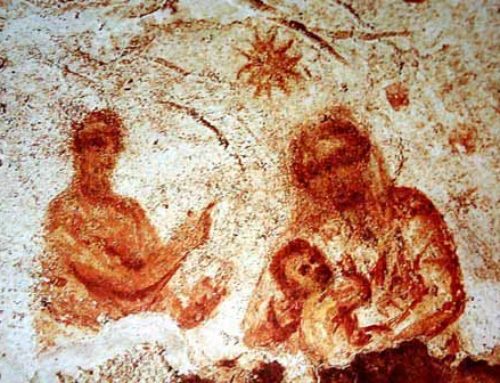From the very beginning of Christianity there were Christians who embraced a life of complete imitation of Jesus Christ. Later, Christian asceticism adopted forms associated with abandonment of the world and with life in community: this was how monasticism started. The monastic life flourished from the fourth century onwards in both east and west.
|
|||
Christian ascetical life is coextensive with the Church of Jesus Christ. From the very beginning, some Christians, of both sexes, embraced a way of life aiming at exact imitation of Jesus Christ: they kept virginity or continence, practised prayer and Christian mortification and engaged in works of mercy. In the first three centuries, ascetics and virgins did not live in common; they stayed in the world. Without any public ceremonies, such as were later introduced, they committed themselves to keep chaste ‘for the sake of the kingdom of heaven’ (Mt 19:12) and lived among the other members of the Christian community, in their own homes, owning property and earning their living by work.
2. Early centuries of ascetic life
In the Christian-Roman society of the fourth and fifth centuries asceticism flourished even in the ranks of the aristocracy. Married couples of senatorial nobility, like Paulinus of Nola and Therasia or Pinian and Melania divested themselves of vast inheritances and sought to conduct themselves as faithful disciples of Jesus Christ in keeping with the teachings of the gospel. St Jerome was spiritual director to various groups of Roman noblewomen, first in Rome and later in Palestine: he took them through Sacred Scripture and encouraged them in the practice of Christian asceticism. The cultivation of chastity by women increased throughout the fourth century, with widows and young maidens sometimes living common life (in Rome, for example, Paula and Marcella were the focus of this development).
Source: José Orlandis (A Short History of the Catholic Church, 2001)







Leave A Comment
You must be logged in to post a comment.